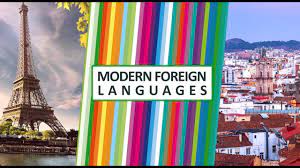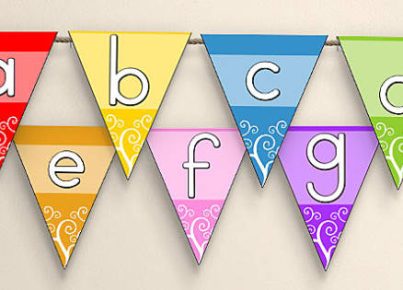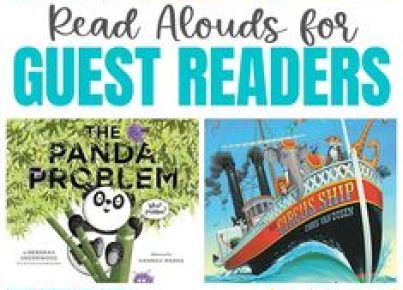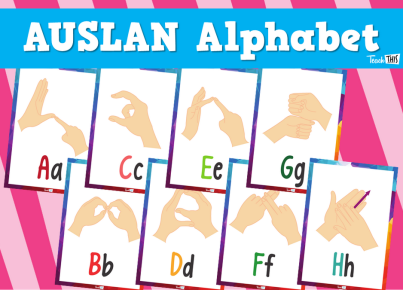Introduction:
The importance of learning foreign languages in today’s globalized world cannot be overstated. From commerce and technology to cultural exchange and diplomacy, mastering a second or third language has become an essential skill. However, traditional methods of teaching foreign languages often fail to engage students or do not effectively convey the true depth and richness of a language. It is imperative that we reexamine and enhance our approaches to enrich modern foreign language education.
Innovative Teaching Methods:
1. Embracing Language Immersion: One of the most effective ways to teach a foreign language is through total immersion. By exposing students to a comprehensive environment where they are surrounded by native speakers and authentic materials in the target language, they are forced to adapt and use their newly acquired language skills. Schools can provide such an environment by partnering with local organizations offering short-term exchange programs or arranging for international volunteer experiences.
2. Integrating Technology: A wealth of resources is now available through digital technology, providing interactive learning experiences. Teachers can utilize software applications, online classes, and mobile apps that offer context-driven vocabulary lessons, delving into real-life scenarios where students apply their knowledge in conversations with native speakers.
3. Employing Project-Based Learning (PBL): PBL offers a student-centered approach that reinforces practical language skills by focusing on completing specific projects or tasks using the target language. This might include planning a trip abroad, designing a promotional campaign for an international product, or conducting an interview with a network of native speakers.
4. Gamification: Gamification combines game elements with learning principles, making the process more engaging and enjoyable for students. Language educators could introduce badges, leaderboards, or virtual rewards that incentivize progress and create healthy competition amongst learners.
5. Focus on Cultural Understanding: Including elements of culture within the curriculum can make learning more meaningful and enjoyable. By looking at literature, music, and customs, students gain a deeper appreciation of the context in which the language is used and develop a more holistic understanding of the culture.
Supporting Teachers and Learners:
1. Comprehensive Teacher Training: Professional development for foreign language teachers should include an understanding of new teaching methods and access to resources that promote a comprehensive approach, such as technology tools, authentic materials, and cultural training.
2. Encouraging Peer Collaboration: Encouraging collaboration between learners can enhance language proficiency. Teachers can foster discussion among students through group projects, role-playing scenarios, or international exchanges with other schools.
3. Individualized Learning Plans: Providing tailored learning experiences that cater to an individual’s strengths, weaknesses, and interests can make foreign language learning more accessible. This might include modifying lesson plans based on different learners’ regions or incorporating various dialects of the target language.
Conclusion:
Enriching modern foreign language education is essential for preparing students for an increasingly interconnected world. By incorporating innovative teaching methods and supporting both teachers and learners, we can create a comprehensive learning experience that truly immerses students in their chosen foreign language, providing them with a solid foundation to become proficient speakers and global citizens.





